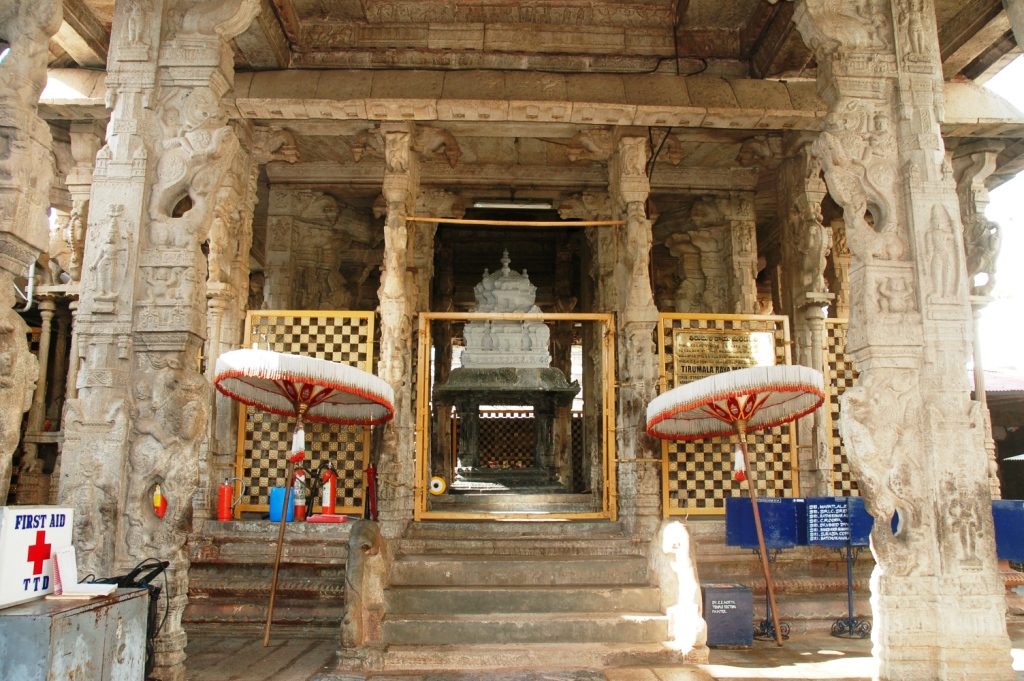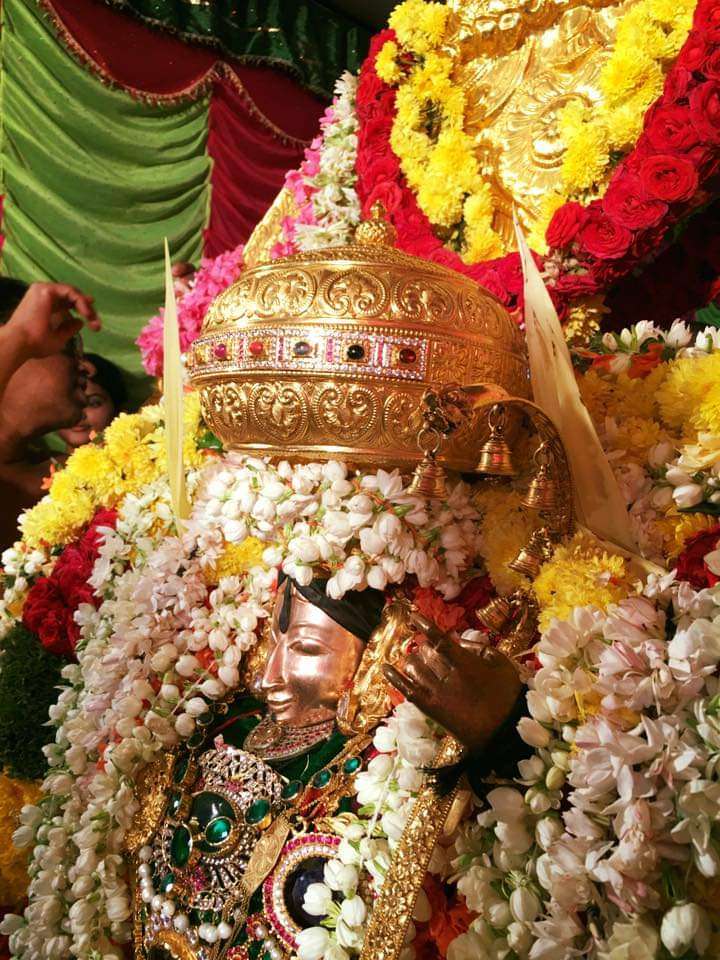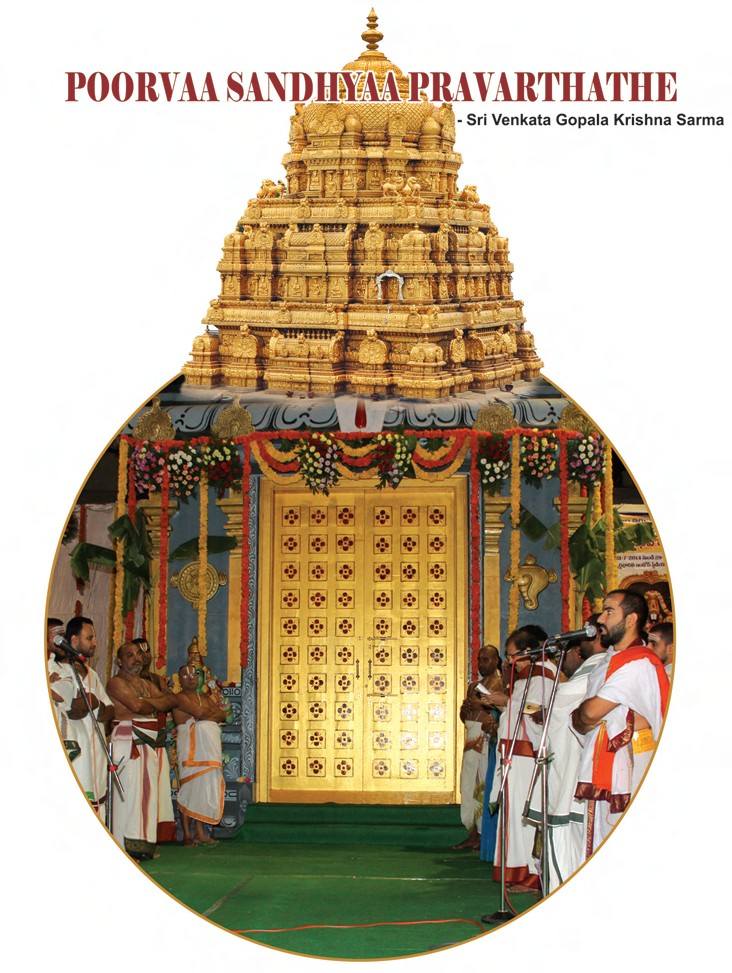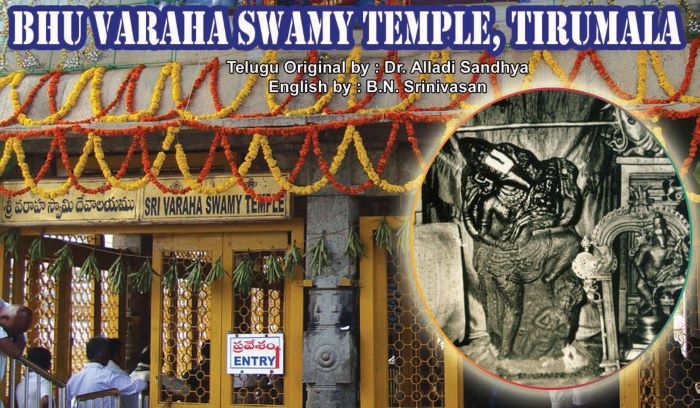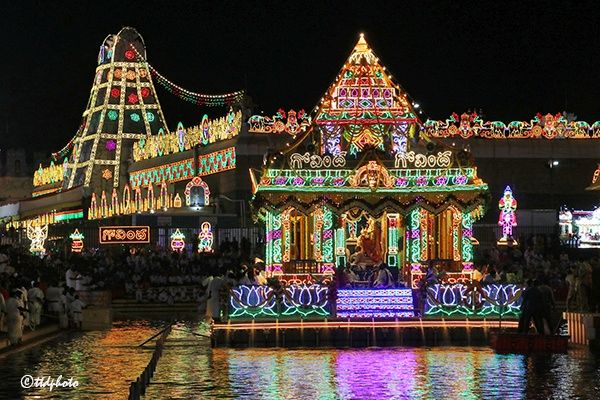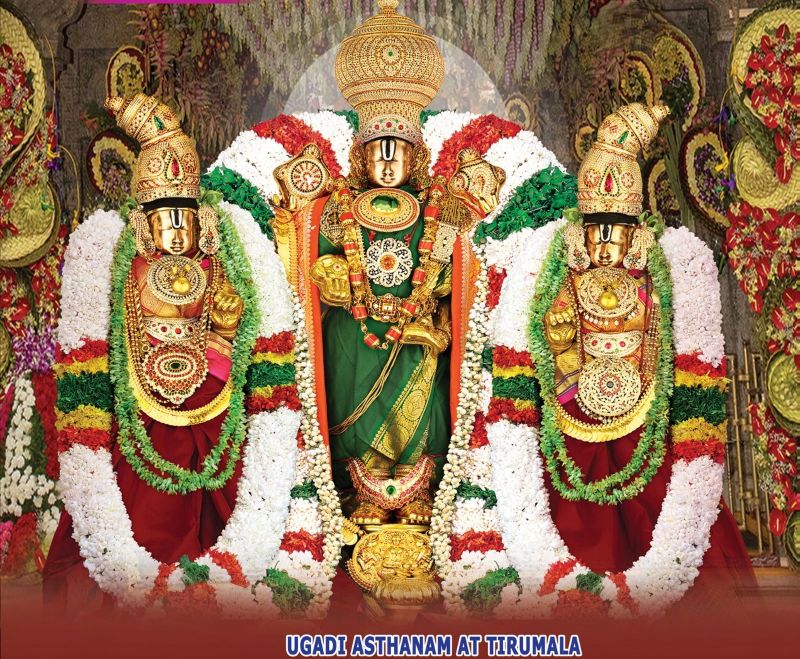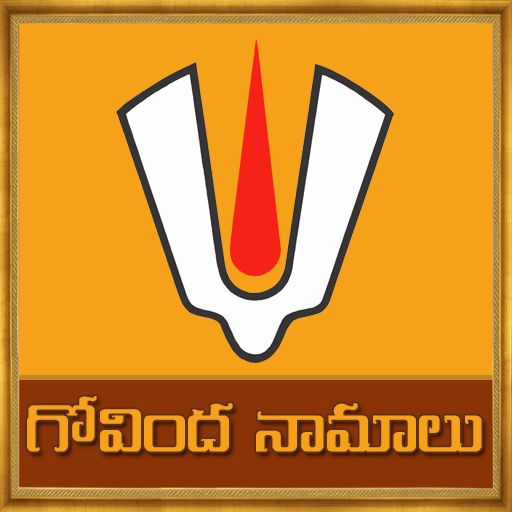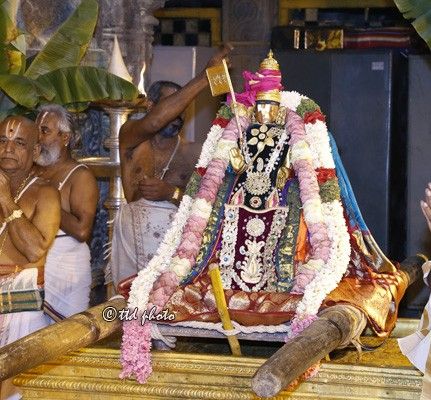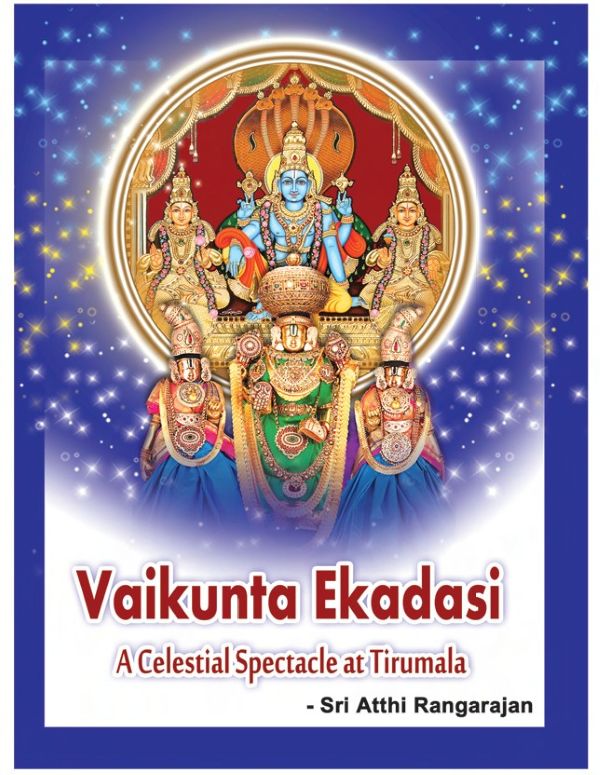Snapana Beram / Sri Ugra Srinivasa Moorthy Sri Ugra Srinivasa Moorthy (Ugra – ferocious) with His two Consorts Sri Devi and Bhoo Devi, as per temple tradition, is also known as Venkatattu Raivar, Snapana Beram, Snapana Moorthy and Achyuta Beram. To Snapana Beram (Bath Image) daily Abhishekams are not offered. These idols – Srinivasa Moorthy, Sri Read More
Category: Tirumala
The sacred temple of Lord Sri Venkateswara Swamy in Tirumala hills is easily accessible by all modes of transport
Anna Unjal mandapam
Mandapams of Tirumala The lush green forests of Seshachala house, Sri Venkateswara Swamy, who is also revered as Perumal, Venkatachalapati, Tirumalesa, Govinda, Balaji, Srinivasa and many more names. The ancient temple of Lord Venkateswara in the hill shrine of Tirumala is an amazing complex of history, culture, and traditions. Almost every brick speaks volumes about Read More
Sikyotsavam: Explore the Vibrant Hindu Festival
Sikyotsavam or Utlotsavam Sikyotsavam, Utlotsavam, or Uriyadi festival is celebrated with full gaiety and religious fervour in Tirumala and Tirupati every year. This Historical festival is celebrated, and many devotees participate to observe the event. Lord Venkateswara’s Temple is known for many festivals throughout the year and it is called ‘Nitya Kalyanam Pacchatoranam’. Lord Venkateswara Read More
Significance of Sri Venkateswara Suprabhatham
Sri Venkateswara Suprabhatham The sonorous verses of ‘Sri Venkateswara Suprabhatham‘ ring in our ears, reminding us of the Lord and his glory, and of the wonderful state of nature at the time of dawn when all beings seem to revere the all-pervading Lord. The verse of this wonderful Suprabhatam is from Srimad Ramayanam of Adi Read More
Adi Varaha Kshetram: Powerful Vishnu Temple
Adi Varaha Kshetram – Tirumala The Universal Supremo of Kaliyuga, Sri Venkateswara Swamy is residing in Tirumala with the purpose of protecting His devotees across the globe in this aeon. Puranic legends indicate that Sri Maha Vishnu after completing His divine task of eliminating the demons has taken abode on Venkatachala hills in the incarnation Read More
Teppotsavam 2025 at Tirumala
Srivari Salakatla Teppotsavam 2025 / Teppa Utsavam Srivari Salakatla Teppotsavam 2025 will be performed from 09.03.2025 to 13.03.2025. The Annual Float Festival (Teppotsavam) at Tirumala is performed in the Telugu month of Phalguna for five days. It begins on the day of Ekadashi and concludes with Pournima Day. The deities are taken around in specially decorated Read More
Ugadi Asthanam 2025
Tirumala Ugadi 2025 Festival: Special Pujas and Events Sri Maha Vishnu while descending on our planet from Vaikunta brought with him beautiful mountains, valleys and water bodies. In addition, he brought along his chief attendant Sri Garuda and other retinue. He has blessed Telugu land with his choice of place and made Tirumala as Vaikunta Read More
108 Govinda Namalu for Prosperity: Chanting the Divine Names of Vishnu
Recite Govinda Namalu for Maximum Benefits Govinda Namalu in English below is exactly as they are recited in the Tirumala Tirupathi Devasthanam (TTD) and Sri Venkateswara Bhakti Channel (SVBC). Govinda Namalu or Govinda Namvali are the different names of Lord Venkateswara of Tirumala. Govinda Namalu in English Lyrics are mentioned below, chant with devotion for Read More
Sattumurai: An In-Depth Exploration of Vaishnava Tradition
Understanding Sattumurai The term ‘Sattumurai’ means the recitation of Tamil prabandham of the alvars in the manner prescribed. The Nalayira prabandham as prescribed is recited now when only Sri Vaishnavas are allowed to be present. The Srivaishnavas headed by the Jeer alone go into the garbha griha after the archakas return from the offering of Read More
Vaikunta Ekadasi: Auspicious Day for Vishnu Devotees
What is Vaikunta Ekadasi? Meaning & Celebrations With Maha Lakshmi by His side, Sri Maha Vishnu reclining on the huge serpent bed of Adisesha in the milky ocean is a divine sight to behold. Reaching the Vaikunta Lokam and clinging to His lotus feet is the ultimate goal and purpose of one’s life. Mukkoti Ekadasi Read More
